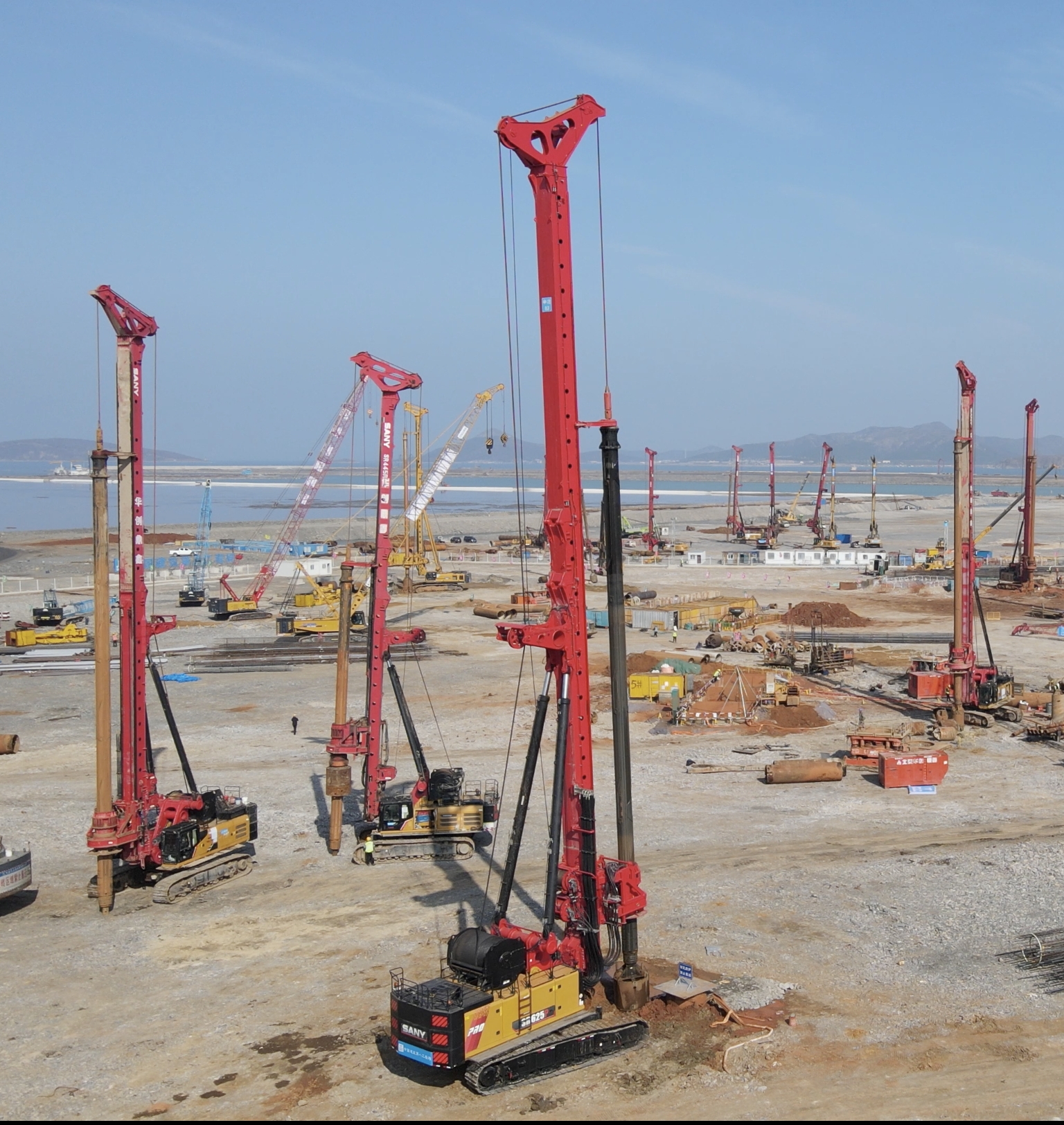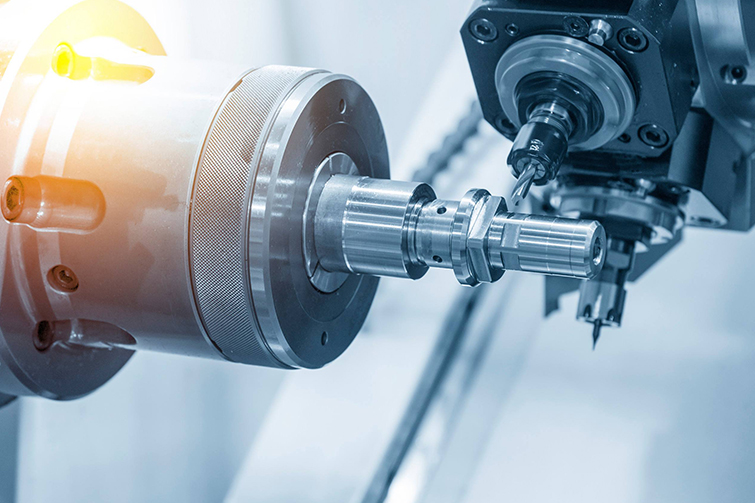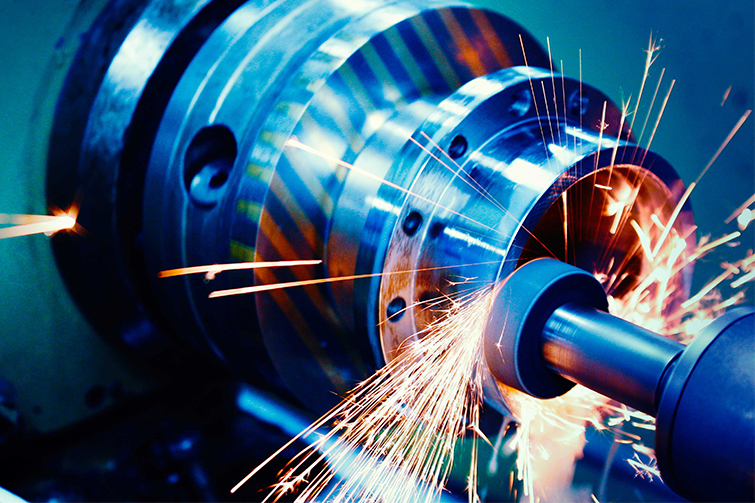

Achieving High Reliability and Low Failure Rate in Technical Systems

Understanding High Reliability and Low Failure Rate
High reliability and low failure rate are critical metrics in evaluating the performance of technical systems. High reliability refers to the ability of a system to perform its required functions under given conditions for a specified period of time. Low failure rate, on the other hand, indicates the frequency at which a system fails to perform as expected. Together, these metrics are essential for ensuring operational continuity and customer satisfaction.
Strategies for Enhancing System Reliability
To achieve high reliability, organizations must adopt a proactive approach to system design and maintenance. This includes implementing redundant systems to ensure backup in case of primary system failure, conducting regular preventive maintenance to identify and rectify potential issues before they escalate, and employing quality components that are less likely to fail under stress.
Technologies Supporting Low Failure Rates
Advancements in technology have introduced tools and methodologies that significantly reduce failure rates. Predictive analytics, for example, uses data and machine learning algorithms to predict potential failures before they occur. Similarly, fault-tolerant designs ensure that systems continue to operate even when part of the system fails, thereby maintaining service continuity.
Common Questions
What is the difference between high reliability and low failure rate?
High reliability refers to a system's ability to perform its functions consistently over time, while low failure rate measures how often the system fails to meet performance expectations.
How can predictive analytics reduce failure rates?
Predictive analytics can identify patterns and anomalies that precede failures, allowing organizations to take corrective actions before the failure occurs, thus reducing the overall failure rate.








